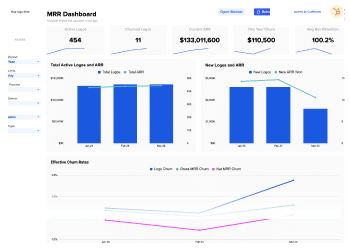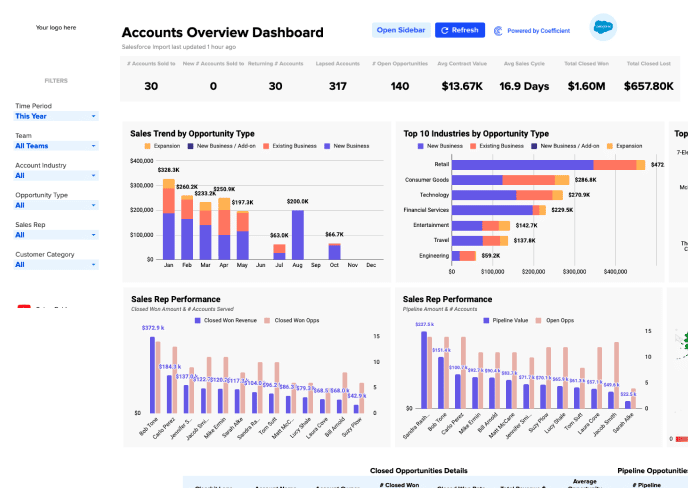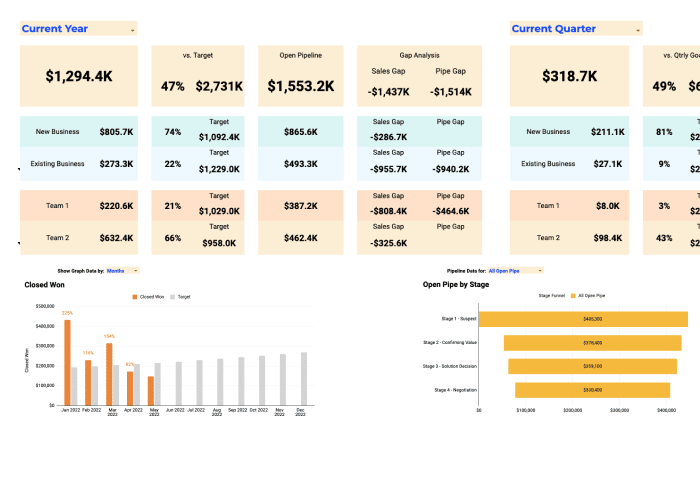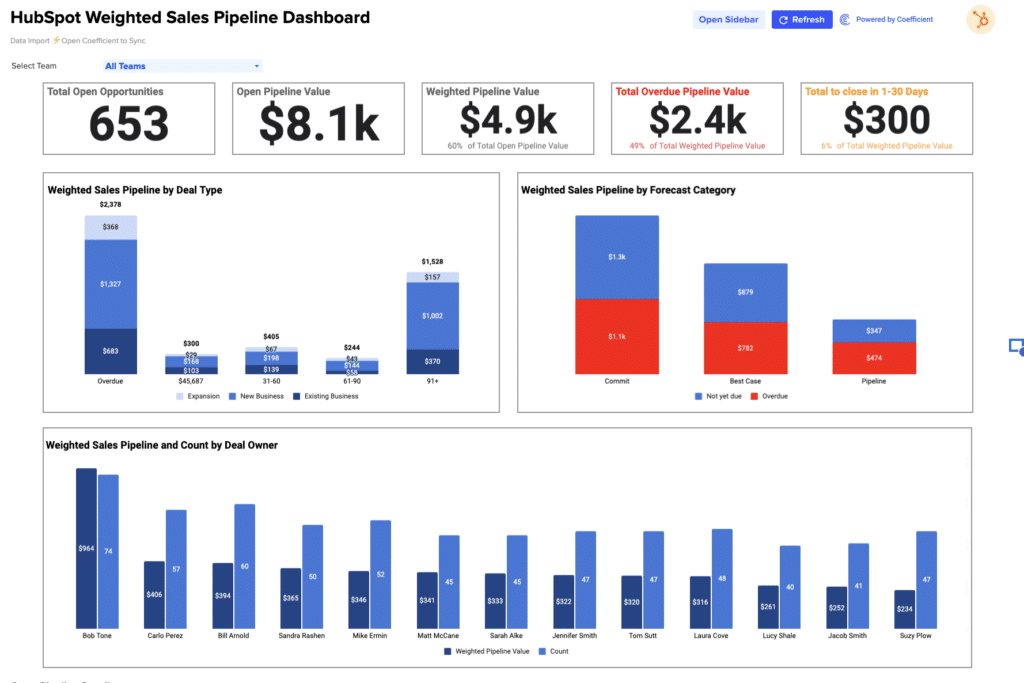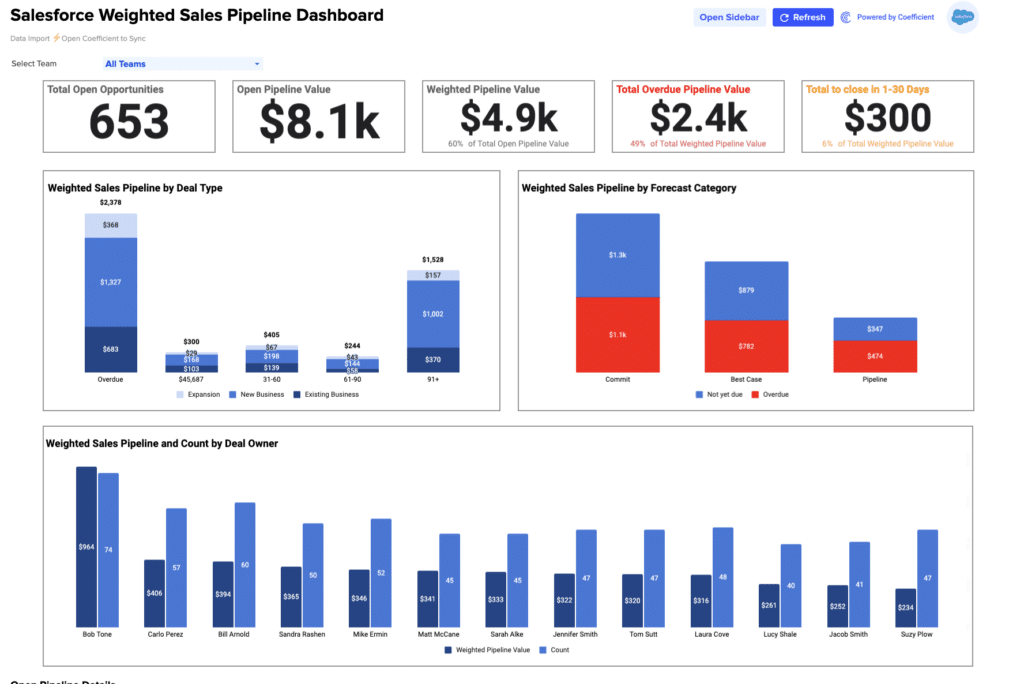MQL to SQL Conversion Rate = Number of SQLs (Sales Qualified Leads) / Number of MQLs (Marketing Qualified Leads)) x 100
How to Calculate Your MQL to SQL Conversion Rate
Essential metrics you’ll need:
– The total number of MQLs (Marketing Qualified Leads).
– The total number of SQLs (Sales Qualified Leads).
Functions that play a part:
– Marketing Team to identify and provide MQL numbers.
– Sales Team to qualify these MQLs into SQLs.
– Data Analysts to compute and interpret conversion rates.
The Importance of MQL to SQL Conversion Rate
This rate measures the efficiency and effectiveness of your lead qualification process, reflecting how well your marketing team’s MQLs are turning into sales-ready SQLs. It’s a crucial metric for aligning sales and marketing efforts and optimizing the sales funnel.
Why an Optimal MQL to SQL Conversion Rate Matters
Achieving an optimal conversion rate ensures that high-quality leads are recognized and advanced through the sales funnel, maximizing conversion opportunities and boosting sales efficiency. It also helps identify areas for improvement in lead generation and qualification strategies.
Example: MQL to SQL Conversion Rate in Action
Let’s say “TechAdvance” generated 500 MQLs last quarter, of which 150 were qualified as SQLs by the sales team. This results in an MQL to SQL Conversion Rate of 30%, indicating a healthy progression of leads from marketing to sales.
How to improve your MQL to SQL Conversion Rate
1. Improve Lead Scoring: Refine your criteria for MQLs to ensure only high-quality leads are passed to sales.
2. Foster Sales and Marketing Alignment: Regular collaboration between sales and marketing can refine the definition and handling of MQLs and SQLs.
3. Offer Continuous Training: Keep both teams updated on best practices for lead handling and conversion techniques.
4. Leverage Feedback Loops: Implement feedback from the sales team to marketing on lead quality and conversion success.
5. Analyze and Adapt: Regularly review conversion data to identify trends and adapt strategies as needed.
Calculating the MQL to SQL Conversion Rate in Excel
1. Label two columns: A (MQLs) and B (SQLs).
2. Input your data into these columns.
3. In a new cell, apply the formula: `=(B2/A2)*100`
4. Execute the formula to determine your conversion rate, guiding future strategy refinements.
Understanding the Limitations of MQL to SQL Conversion Rate
While crucial, the MQL to SQL Conversion Rate does not factor in the quality of SQLs or the ultimate conversion to customers. Complementary metrics should be considered for a comprehensive view of your sales funnel’s health.
When to Analyze the MQL to SQL Conversion Rate
– After marketing campaigns to assess lead generation quality.
– During sales and marketing meetings for strategy alignment.
– In quarterly performance reviews for overarching funnel optimization.





